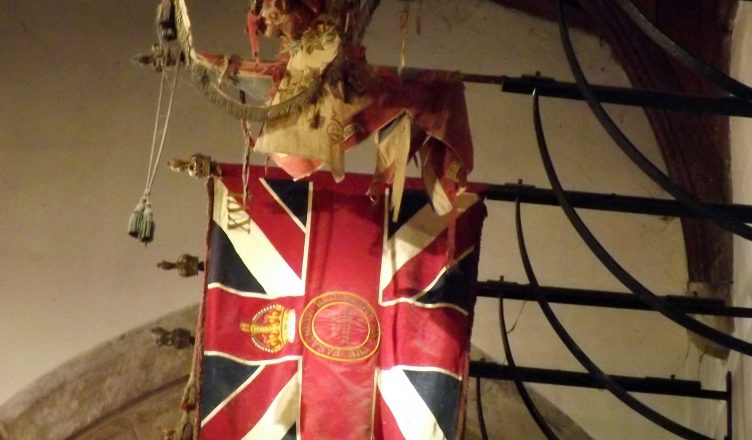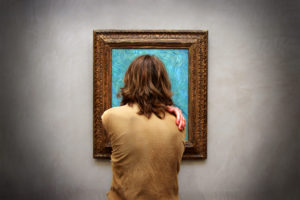These flags hang in our church. You might consider them disrespectful, I suppose. Even disgraceful. They were once bright, of course, honoured reminders of military courage and duty, and as you can see, they’ve been left to fall away to scraps and dust. But Sunday by Sunday, I am so very glad to see them. To me, they speak gospel.
They remind me of our frailty. Regardless of effort, all our honours and celebrations will crumble away.
And that’s good news? Yes, it is. Our efforts aren’t lasting and that really is all right. Every tradition we build, every celebration we honour, all our words and works and rituals – none of these are ever perfect. So, it doesn’t ultimately matter when we get them wrong. That’s a comfort as we stand on the cusp of a busy season and comfort, too, for our weary world at the end of a difficult year.
On Sunday, the Church completed its liturgical cycle with the Feast of Christ the King. In our congregation, it was a marvellously squint mix of a minor-key Psalm 46 and Shine, Jesus, Shine. The visiting preacher talked about his own childhood in our parish and how, as a child, he loved to count the carved stone heads of Britain’s kings and queens on the church’s outer wall. After the service, my shiny Beangirl was determined to take a look for herself. She particularly wanted to see Edward VIII who is the only uncrowned head on the wall, an allusion to his abdication. She told me that she couldn’t find him, but she liked how many of the faces were so old that they had been worn away by the wind and weather. It made her feel that this was a very old place to be.
Christ the King is a comparably new celebration in the Church’s calendar, dating back only to 1925 and to Pope Pius XI who, in an age of crumbling, post-war structures of authority, hoped to give the weary world a reminder that the only true and lasting kingdom is Christ’s. It was a fitting message then and it still feels fitting now, which is perhaps why the celebration has spread across the ecumenical Church. We all need to remember that all other kingdoms are temporary. All systems are provisional and nothing earthly is eternal.
Strangely, it is Christ’s own incarnation that preaches this loudest. His humble, human body was not made to last. It was made to love. Love alone matters.
Faces change with weather and flags fall to tatters. Our bodies are fragile and in the end, we are only dust. And yet what dust. Loved beyond all measure and, in that love, we find a profound, abiding comfort. It is that comfort that we try to celebrate and proclaim in all our attempts at creating something lasting. In every ritual and every scrap of art. In a letter to his brother Theo, Vincent Van Gogh wrote:
In a picture, I want to say something comforting, as music is comforting. I want to paint men and women with that something of the eternal which the halo used to symbolize…
That something of the eternal is never a crown. It is never our effort or our glory or even our own loving, no matter how strong and faithful that might be. It is always God’s love. It is because we are loved, we shine with Love’s own image.
Photo by Giovanni Giorgini, via Flickr Creative Commons





